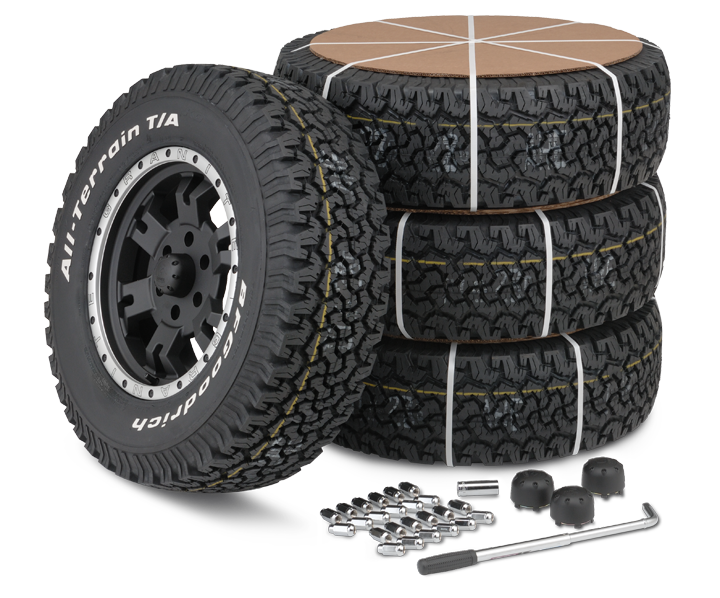Tire Service: Understanding Tire Stress Tracking Solutions
Recognizing Tire Pressure Surveillance Systems (TPMS) is an important aspect of preserving optimal vehicle performance and safety and security on the road. With improvements in vehicle technology, TPMS has actually become a standard attribute in contemporary lorries, supplying real-time information on tire stress degrees.

Relevance of TPMS
The importance of Tire Stress Surveillance Systems (TPMS) exists in their ability to enhance automobile safety and efficiency through real-time tracking of tire pressure levels. Preserving the appropriate tire stress is crucial for making certain optimal handling, braking, and total safety of a vehicle. TPMS provides drivers with immediate comments on any underinflated or overinflated tires, permitting timely modifications to be made.
Parts of TPMS
Consisting of various essential aspects, a Tire Pressure Surveillance System (TPMS) works as an advanced security feature in modern-day automobiles. The major elements of a TPMS include sensors, a control module, and a warning indicator. Sensing units are usually located in the tire shutoff stem or connected to the wheel assembly, where they determine tire pressure and send data to the control component. The control module processes this information and activates a warning if it spots considerably low stress in any of the tires. The warning indicator, frequently a sign on the control panel, informs the driver to examine the damaged tire or tires. Some progressed TPMS versions also display the real tire stress analyses for each and every tire, offering chauffeurs with real-time details to guarantee ideal tire performance and safety. By checking tire stress continuously, TPMS helps prevent accidents, reduces tire wear, and enhances gas performance, making it an important element for lorry safety and performance.
Types of TPMS

On the various other hand, indirect TPMS relies upon the automobile's wheel speed sensors to keep track of tire pressure. This system detects underinflation by contrasting the rotational rates of the wheels. Indirect TPMS is much less expensive than direct TPMS, as it uses existing sensors within the automobile.
While direct TPMS uses a lot more precise readings, indirect TPMS is simpler in design and generally requires less maintenance. Both systems have their advantages and restrictions, and the option between them typically relies on variables such as price, vehicle make, and personal preference. Comprehending the differences in between these two sorts of TPMS can assist car proprietors make educated decisions relating to tire maintenance and safety and security.
TPMS Upkeep Tips
Conduct routine checks on the tire stress degrees and contrast them with the TPMS analyses to guarantee they are regular. Throughout tire rotation or replacement, make certain that the TPMS elements are taken care of very carefully to prevent any kind of prospective damage. If the TPMS advising light illuminates on the dashboard, deal with the problem without delay by examining the tire pressures and the general system for any kind of mistakes.
Benefits of Proper Tire Pressure
Preserving appropriate tire stress, as emphasized in TPMS Upkeep you can try these out Tips, is crucial for reaping the countless benefits connected with optimal tire stress levels. Additionally, proper tire pressure makes certain even tire wear, prolonging the life-span of the tires and promoting much safer driving conditions. In conclusion, the benefits of correct tire stress browse around this web-site go beyond simply tire long life; they include enhanced gas effectiveness, improved safety and security, better lorry efficiency, and overall driving convenience.
Final Thought
Finally, understanding tire pressure tracking systems (TPMS) is crucial for preserving optimum tire stress and making certain vehicle safety. By identifying the importance of TPMS, recognizing with its components, knowing the different types readily available, adhering to appropriate upkeep tips, and recognizing the benefits of maintaining correct tire pressure, motorists can enhance their driving experience and lengthen the lifespan of their tires. Proper tire stress is key to efficient and safe car operation.
